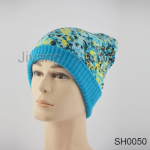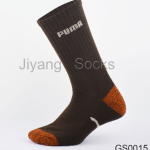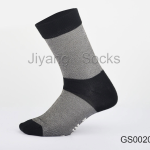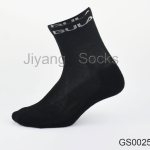Wool The earliest yarns used in sock production were spun from wool. Today wool socks are hard to find in most box stores and their price makes them a luxury for those accustomed to paying a dollar a pair. Often blended with synthetic fibers to increase desirable properties such as strength and abrasion resistance, wool socks are great for hikers as they absorb moisture from the skin and release it outside the sock. In addition, wool has unmatched insulating properties and keeps feet warm in cold weather and cool in hot temperatures.
Cotton The most common sock material, Cotton fiber is inexpensive and durable. When blended with lycra or other man-made fibers it can hold its shape and conform to the foot providing an excellent fit. Cotton socks can be washed roughly with any type of detergent, and although its absorption and insulation properties are not on par with wool, its ease in maintenance and overall acceptable performance make it the choice for most.
Cashmere & Silk A luxury blend suited for dress socks, a blend such as this looks at home when paired with quality dress shoes and a fine worsted wool suit. Lighter than wool, they provide similar benefits with less bulk.
Other fibers that are commonly blended with the above include nylon, acrylic, olefins, spandex, linen, bamboo, cashmere, and mohair. The purpose of these blends is to achieve desired properties in feel, performance, durability, and elasticity.




